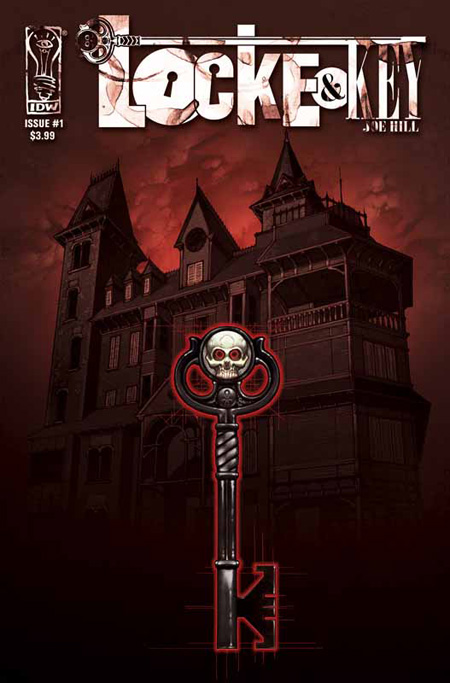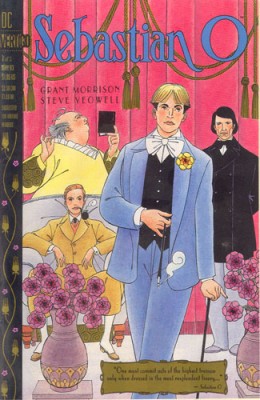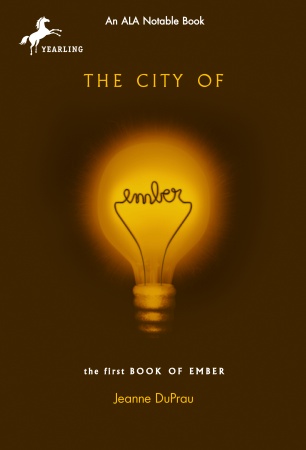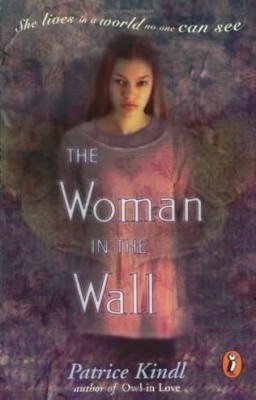Date read: 1.26.10
Book from: Borrowed from Kakaner
Reviewer: Emera
(Locke and Key Volume 1: Welcome to Lovecraft collects Locke and Key #1-6.)
After their father is murdered by a disturbed former student, the three Locke children travel with their mother to start a new life in an unlikely haven: the Keyhouse, an ancient mansion on an island named Lovecraft, off the Massachusetts coast. Keyhouse, with its sprawling, dilapidated grounds and many doors, is where their father grew up, and where he insisted – with unaccountable prescience – that his family stay should anything ever happen to him.
Here, oldest son Tyler immerses himself in guilt over his tumultuous relationship with his father and his possible culpability in his death, while middle sister Kinsey struggles with her overwhelming fears and loss of sense of self in the wake of the violent attack. Meanwhile, 6-year-old Bode explores the house unattended, and soon discovers something of the curious properties of Keyhouse’s doors, and the keys that can be used to unlock them. Unfortunately, Bode’s explorations bring him within the reach of an unsavory force dwelling on the mansion’s grounds, with a particular interest in keys and what they can achieve.
First of all, books with ribbon bookmarks and nicely designed endpapers = win:
(might be a bit hard to see, but the papers have a pattern of black keys.)
For those who might not already know, Joe Hill is Stephen King’s middle son, but has eminently succeeded in making a name for himself outside of his father’s reputation. I’ve been meaning to read his first novel (Heart-Shaped Box) and short story collection (20th Century Ghosts) for a languishing Forever, but Locke and Key Volume 1 ended up being my first foray into his work, after I grabbed it off of Kakaner’s shelf last summer. I went in with high expectations, and came out jonesing for moooore.
Continue reading Locke and Key Volume 1, by Joe Hill and Gabriel Rodriguez (2009) E








